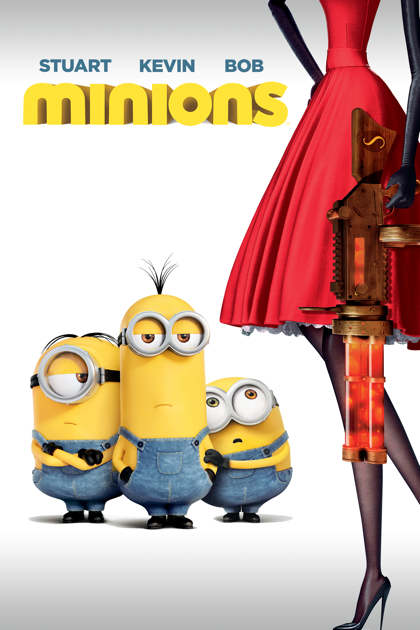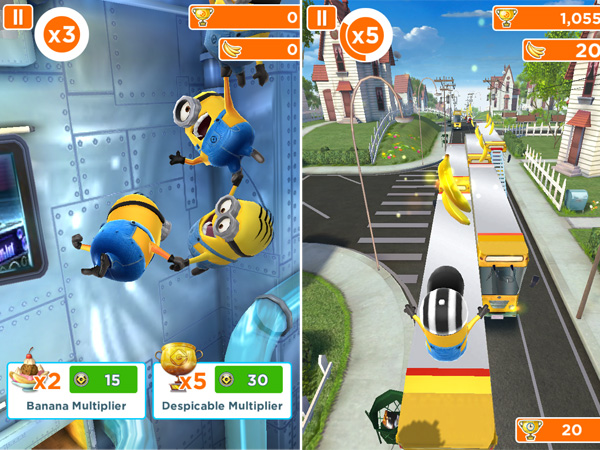
Prior to that, he was the Founding Editor of Review Geek. Prior to his current role, Jason spent several years as Editor-in-Chief of LifeSavvy, How-To Geek's sister site focused on tips, tricks, and advice on everything from kitchen gadgets to home improvement. He oversees the day-to-day operations of the site to ensure readers have the most up-to-date information on everything from operating systems to gadgets. Jason Fitzpatrick is the Editor-in-Chief of How-To Geek. Search for an application in the App Store on your iPad 1, for example, and the App Store app will tell you that the app can't be downloaded because it requires a device running iOS 7 (or 8, or 9), and therefore can't be installed on your iPad.even if there was an iOS 5 version of the app at some point in the past. On the surface, this is a perfectly sensible thing for Apple to do: why would they ever want you to download older, buggier, and potentially less secure software when there's an updated version available? When you're on an older device, however, this means an app may not be compatible with your old version of iOS. The way Apple has the App Store configured, you are always directed towards the newest version of an application. Many people abandon these old-but-still-functioning devices not because they're upset about missing out on the new iOS features, but because it's such a pain to download apps to them. While getting stuck on older software is par for the course, it can be frustrating.

With every new wave of iOS hardware, a little bit of the legacy hardware is left behind. The iPhone 4 is stuck at iOS 7.1.2, for example, and the first-gen iPad is stuck all the way back at iOS 5.1.1.


Although Apple does a pretty admirable job dragging old hardware along for each iOS update, every train has a final stop. What's the Deal With Old Versions of iOS and New Apps?Īs of the publication of this article, we're currently on iOS 9 and, in a short few months, iOS 10 will roll out to the public.


 0 kommentar(er)
0 kommentar(er)
